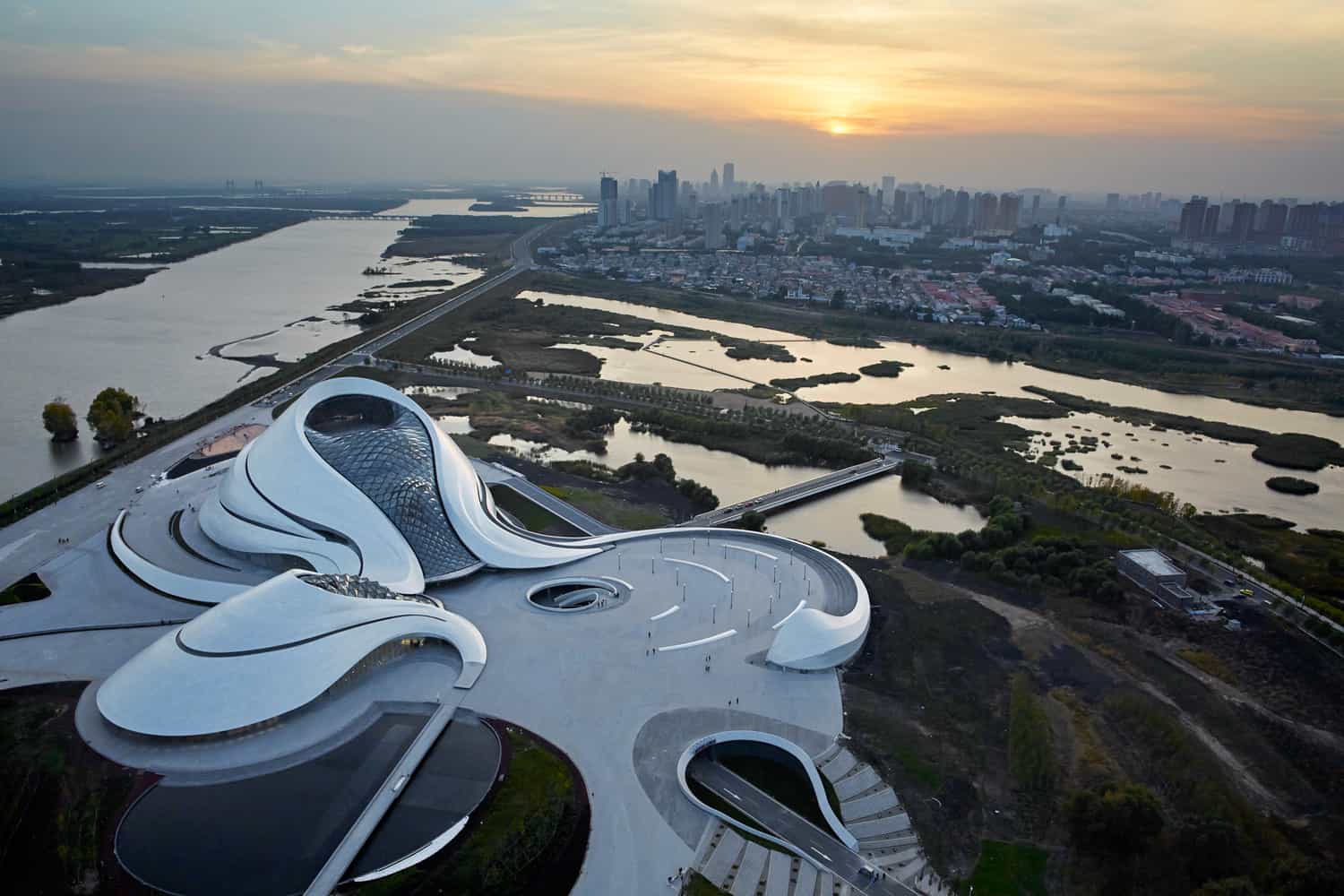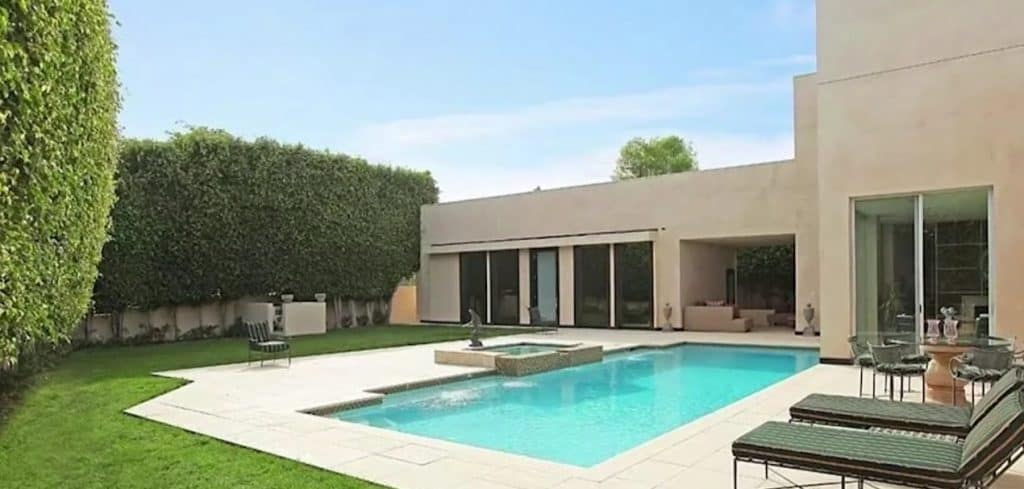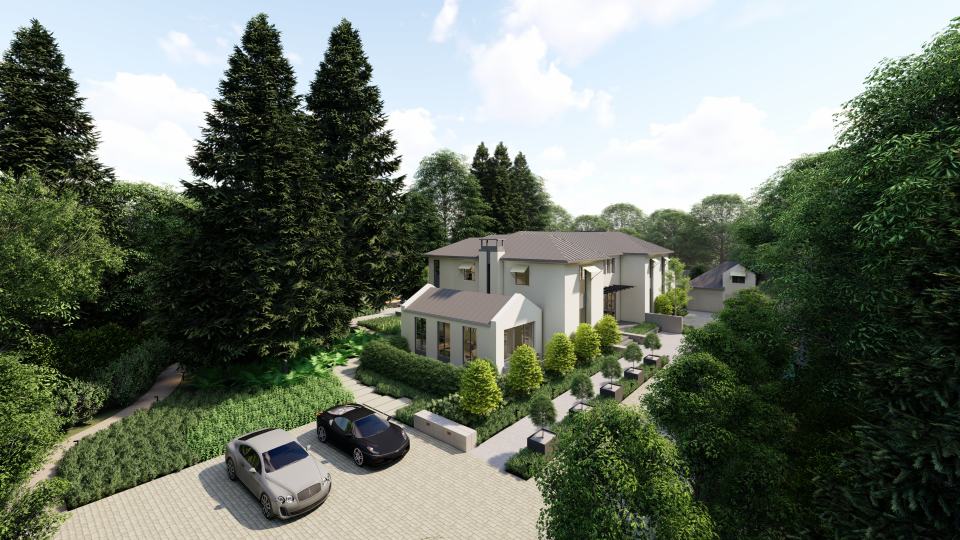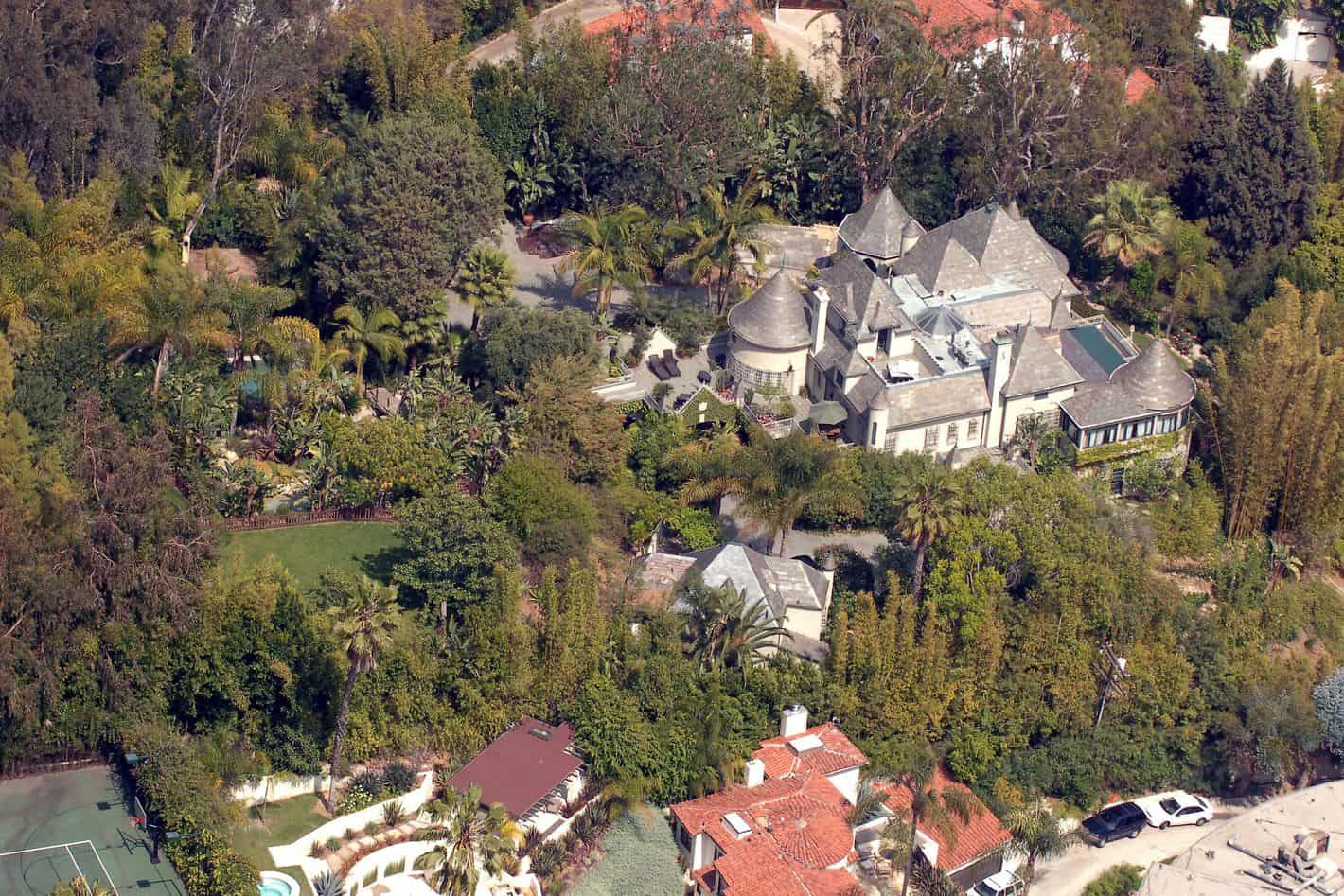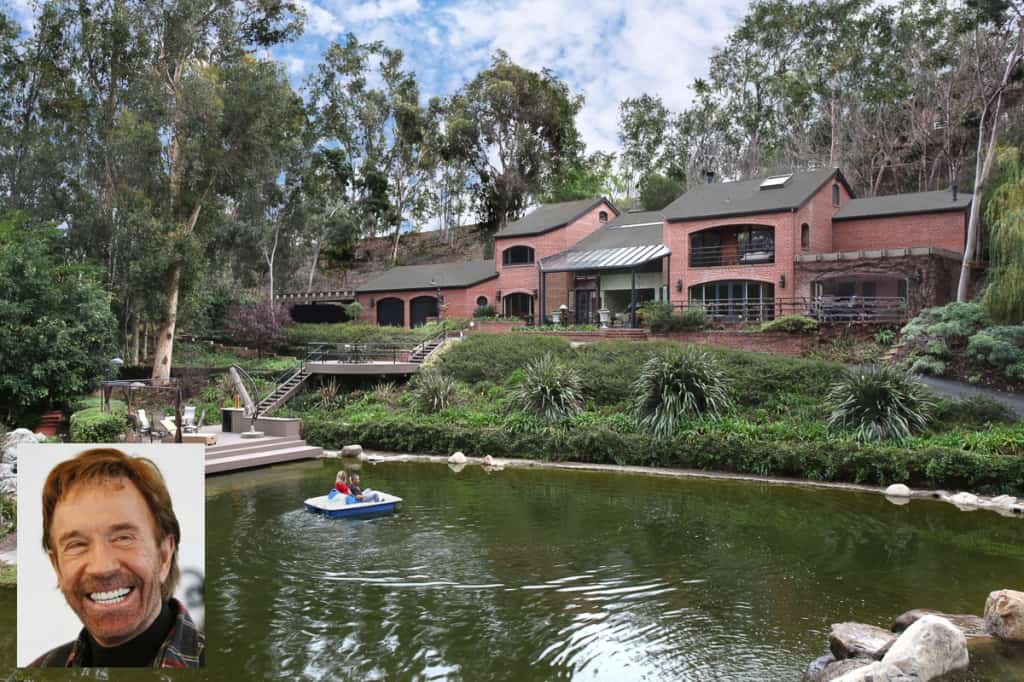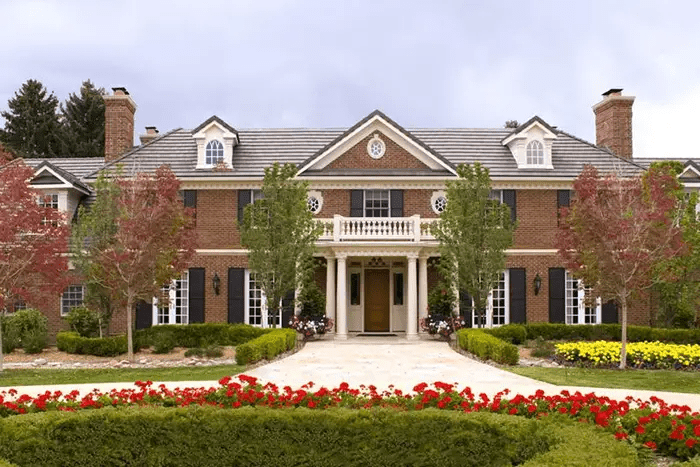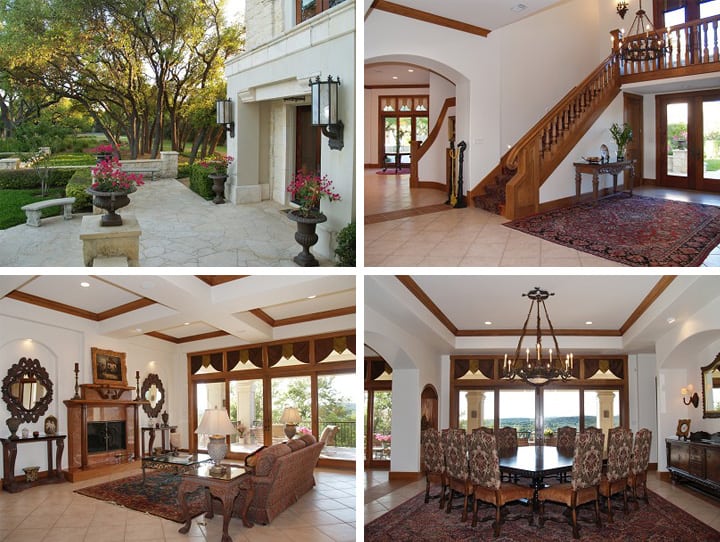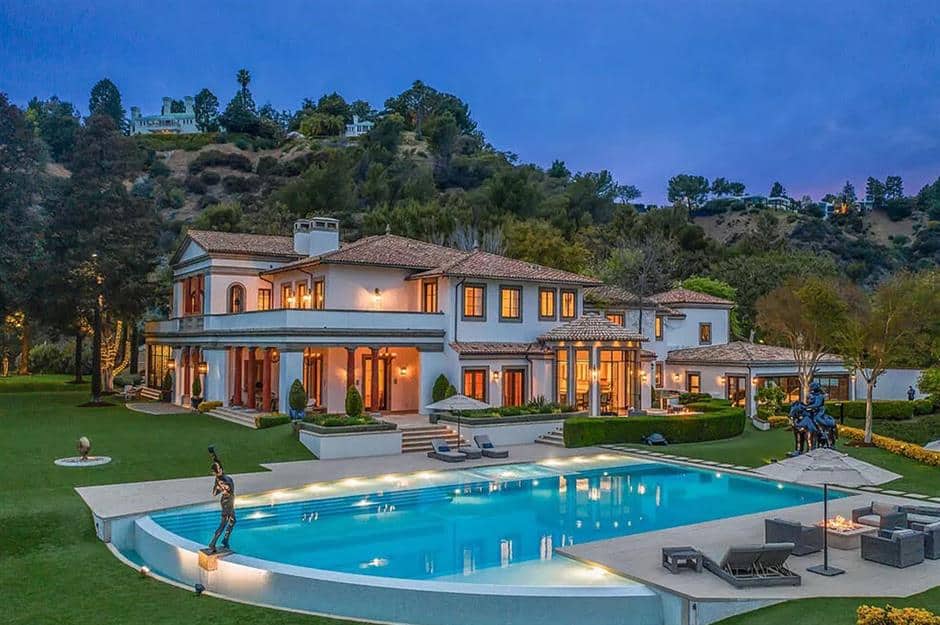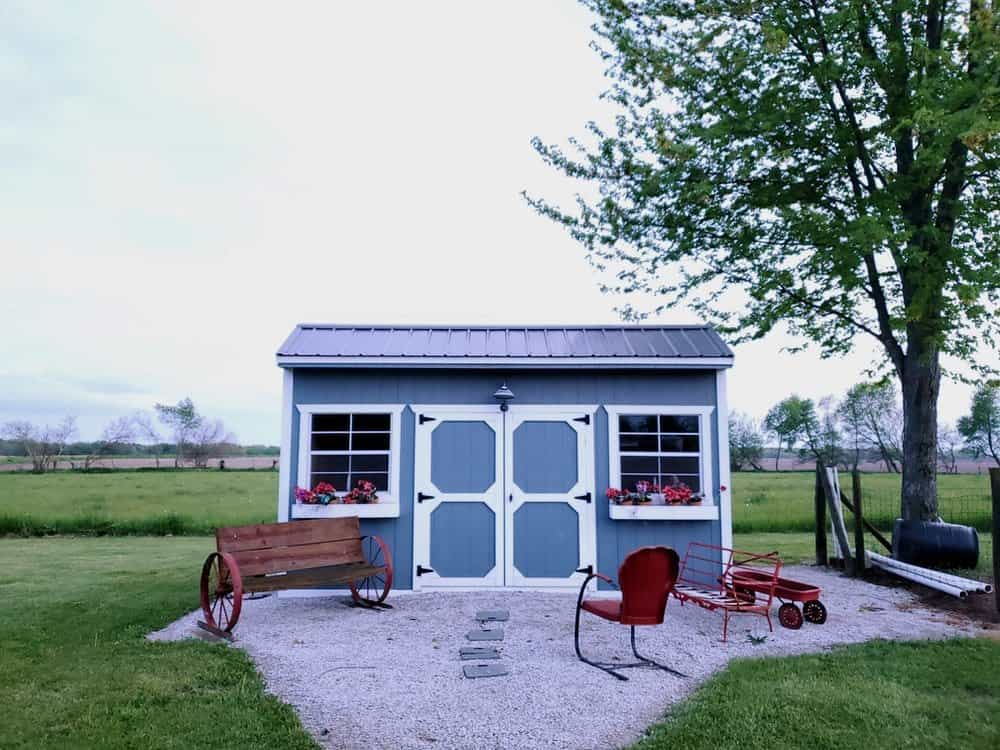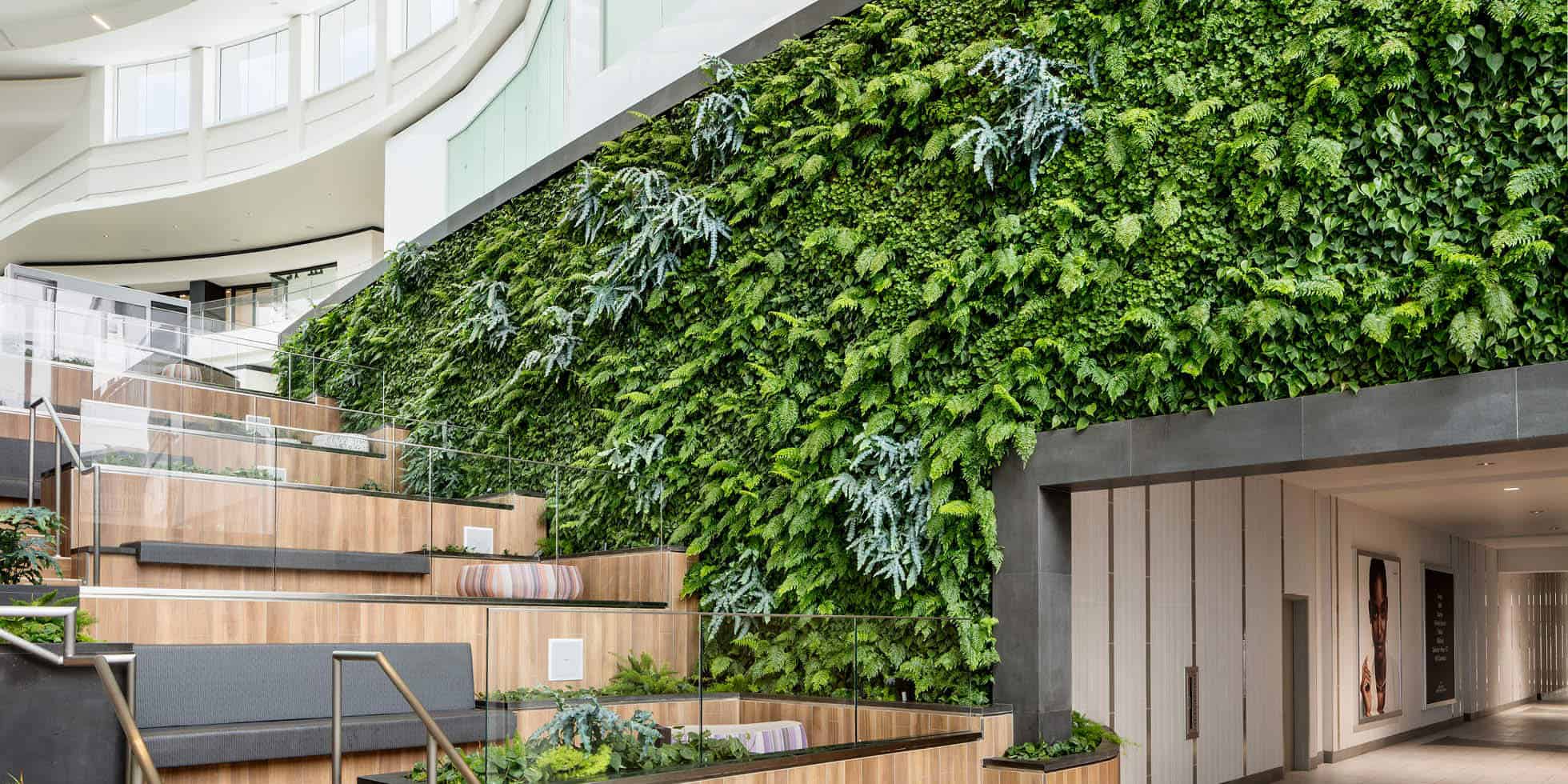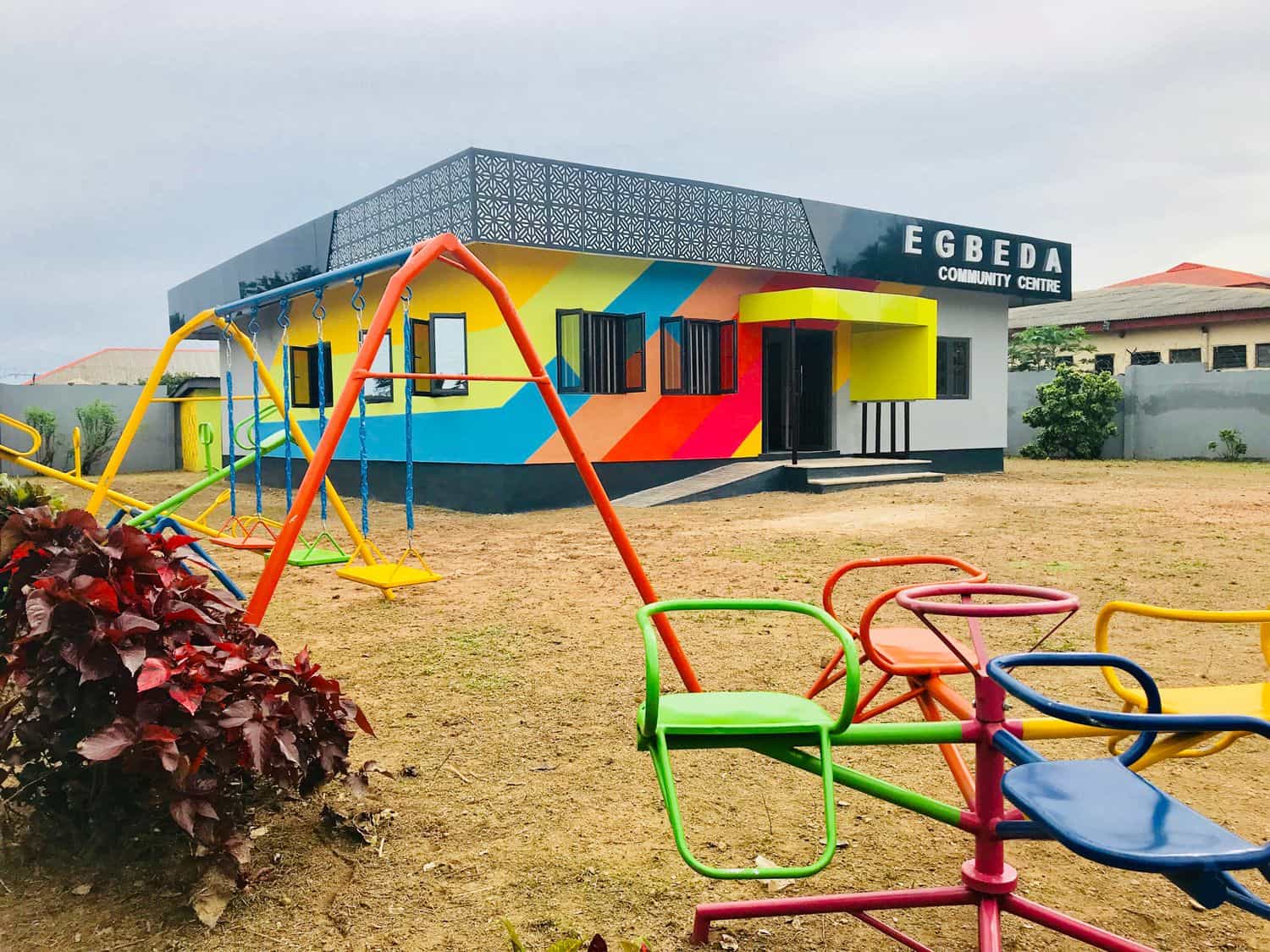Throughout the course of the 19th Century, a substantial number of Polish immigrants migrated to Harbin, China to construct the Chinese Eastern Railway that was anticipated to link the nation with the Trans-Siberian Railway. This transformation elevated Harbin into a vital commercial and industrial center for the nation. Presently, the city is a significant tourist hot spot, renowned for its extreme winter conditions and the home of 4.5 million residents. Harbin surpasses all other cities in China due to its well-acclaimed frozen landscapes during winter. The city is notable for ice-sculpture festivals and an array of performing arts, which have become a symbol of this place. The oldest music institution in China is situated here, paving the way for a multitude of music programs during the summer months.
In the wetland landscape of Harbin, and along the Songhua River, two lumps protrude from the surrounding in a 444-acre park. The complex spanning 79,000 square metres depicts the great Chinese landscapes consisting of mountains, hills and valleys with fascinating slopes often sang about in Chinese songs and poems. Like a silhouette, Harbin’s newest Opera House rises to a total height of 56m, imposing itself on the landscape and surrounded by swampy fields and vegetation.
MAD architects won the competition in 2010 to design a performance centre for the country; one that would be a huge attraction to tourists and further stamp itself as a premier destination for tourism. Who better to make an architectural statement with surging forms than Ma Yansong, the Principal architect and founder of MAD architects? Ma wanted “the visitors to feel something a little bit special,” as he puts it.
A 20 minute drive from downtown Harbin sees you into the humongous park, with access roads connecting the city from different sides of the complex. The entrance is an open, accessible space as the architect visualized it; a public building.
When people enter it, they need to feel like they are on stage, they are performers ~ Ma Yansong
The brief required two theatres, a convention centre and a hotel. The convention centre and hotel by MAD is still under construction, but the two theatres were officially opened in October 2015 as dazzling icons for the city’s skyscape. The goal of the whole complex according to the director of the government’s Harbin Songbei District Construction Management unit – the client – was to showcase the DNA and Cultural Heritage of Harbin.
The building’s form curves and curls around a lump of glass panels which appear to project out of the building towards the sky. MAD, in collaboration with the Beijing Institute of Architectural Design, developed a steel skeleton that supports the building’s bumpy forms. The steel also supports glass panels that create skylights for daylight. A customized in-built system on the skylights melt actual snow during the winter season and direct it to the drains.
Visitors to the building will also manage to ascend it due to the presence of granite steps that run up along the building’s curving roof. Remarkable views from the roof of the city’s skyline and the River will be accessible to the public as well as people attending performances in the theatres. The intention of the architect creating this pathway that terminates on the roof landing was to transform the building from a sprawling horizontal complex to a vertical one. Physically, it’s fairly horizontal but accessibility-wise it’s vertical. The inspiration for this was China’s sacred mountains which are hiked by people and often immortalized in paintings.
The interiors feature marble floors armed with a heating system that makes the space thermally comfortable during the winter. Winter temperatures in Harbin can go as low as -19°C.
The lobby is awash with natural daylight from the humongous skylights. Visitors from here can see the wood façade that creates a rippling effect in the large theatre. Clad with Manchurian ash, the wood creates a distinct warmth in the space to contrast the numerous white walls inside the complex.
Ma Yansong says the wood façade is mostly intended to evoke the warm interior of a musical instrument. The theatre has been designed to support both the Western and Chinese Opera types of music with wonderful acoustics.
The balconies, galleries, walls and ceilings inside the large theatre have been wrapped with the same curved wood around them.
The small 400-seater theatre is designed as a rectangular hall with a raked seating that features perforated and non-perforated gray wood panels to improve sound. The stage features floor-to-ceiling glazing which can be turned off by blinders to darken the room and enhance sound absorption.
The aspiration of Harbin city is to create a unique contemporary character. As Chinese cities continue to put up political and economic statements using architecture, MAD’s bold Harbin Opera House goes into the books as one among many powerful and dynamic buildings in China geared towards helping the country to stand out.
Here's another breathtaking project 25 Green by Luciano Pia, a structure inspired by the strength of trees and how they can literally hold the world together.
Project Information
Architects:
MAD Architects
Location:
Harbin, Heilongjiang, China
Directors:
Ma Yansong, Dang Qun, Yosuke Hayano
Associate Engineers: Beijing Institute of Architectural Design
Project Year: 2015
Size: 79,000 sq.m
Photography:
Hufton+Crow, Adam Mørk

